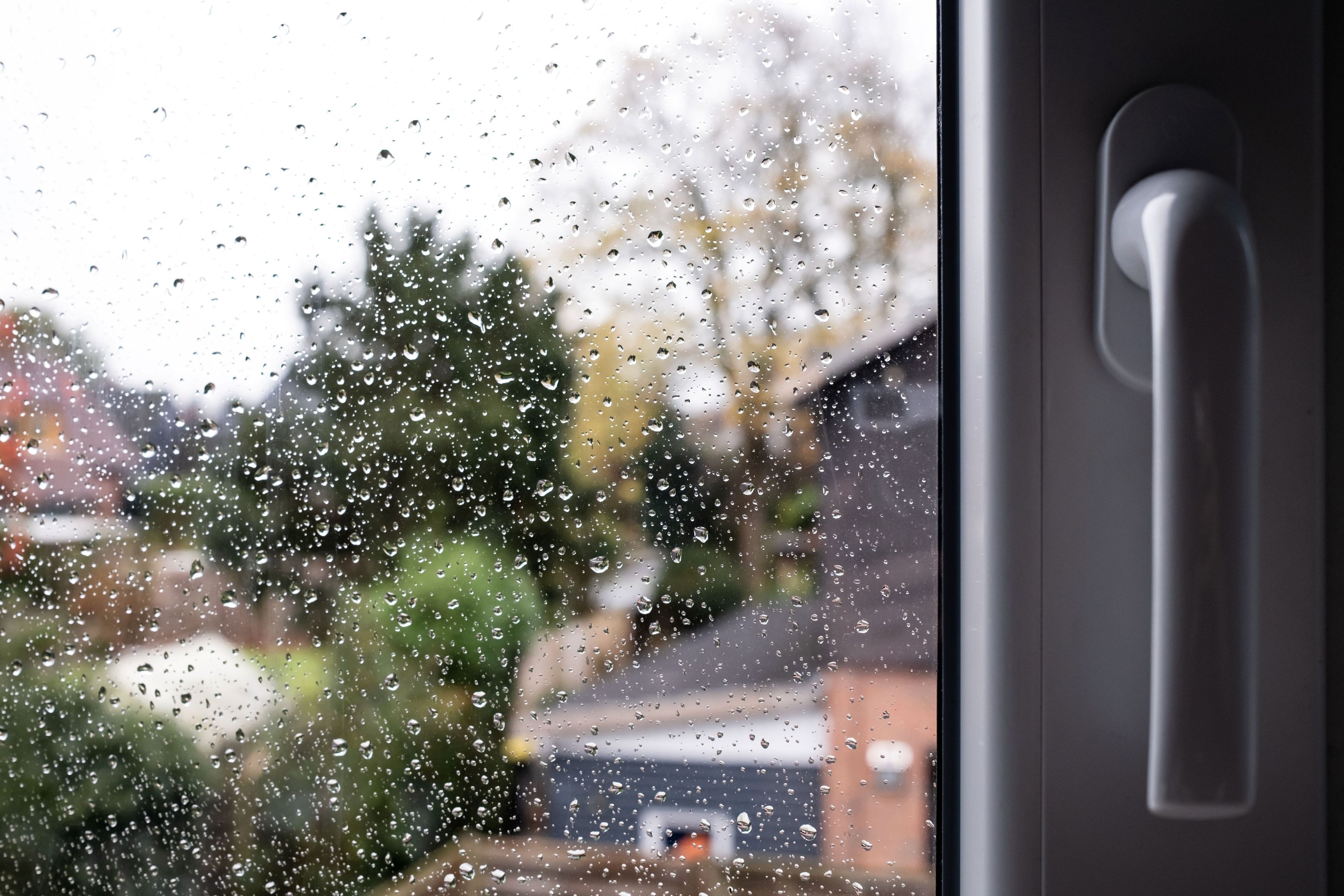Spring in the Pacific Northwest is a breath of fresh air. The days get longer, the sun finally makes an appearance, and homeowners start eyeing their exteriors, thinking, ‘now’s the perfect time to paint!’
Before you get too excited, there’s something important to consider—your wood might not be ready yet.
At 4 Seasons Contractors, we get it. The temptation is real. But we also know that patience now saves you time, money, and frustration later. Here’s why rushing into an exterior paint or stain job in early spring can backfire—and how waiting just a little longer ensures the best results.
The Hidden Moisture Problem
Even if it’s been sunny for a few days, your wood has spent the last several months soaking up rain, mist, and moisture from the damp Northwest air. And just because the surface looks dry doesn’t mean it is.
Painting or staining over damp wood leads to several problems:
- Poor Adhesion: Paint and stain don’t stick well to wet surfaces, leading to peeling and flaking within months.
- Blistering & Bubbles: Trapped moisture causes the paint to lift, creating unsightly bubbles that eventually burst.
- Wood Rot & Mold: Sealing in moisture can lead to decay, mold growth, and expensive repairs.
- Warping & Twisting: As the trapped moisture evaporates, the wood can shift, crack, or bow, causing structural damage.
How Long Does Wood Need to Dry?
The drying time depends on several factors—recent rainfall, temperature, and the type of wood—but here’s a general rule of thumb:
- After Rain: Wait at least 72 hours of dry weather before painting or staining.
- Newly Exposed Wood: Freshly sanded or pressure-washed wood may need several days to a few weeks to fully dry.
- Spring Conditions: In early spring, even if the air feels dry, it often takes longer than expected for wood to reach an ideal moisture level.
How We Make Sure It’s Ready
Unlike some painters who jump at the first sunny stretch to get an early-season job, we won’t paint unless the wood is truly dry and ready. At 4 Seasons Contractors, we treat your home like it’s our own. If we wouldn’t do it to our own house, we won’t do it to yours—except for your color choices… those are all on you (but we can offer you some consulting at no cost – see our color consulting blog).
Before we start any job, we use a moisture meter to test the moisture levels in your wood. If it’s too damp, we wait. It’s that simple.
Why Patience Pays Off
Yes, we know waiting is hard. But rushing to paint too soon will cost you more money down the road. A poorly adhered paint job won’t last, and fixing bubbling, peeling, or rotting wood can double your costs in repairs and repainting.
Wouldn’t you rather wait a few weeks and get a beautiful, long-lasting finish instead of doing it twice?
If you’re thinking about painting your home’s exterior this season, give us a call. We’ll make sure it’s the right time—not just the first sunny day.
To get a quote, fill out this form.





